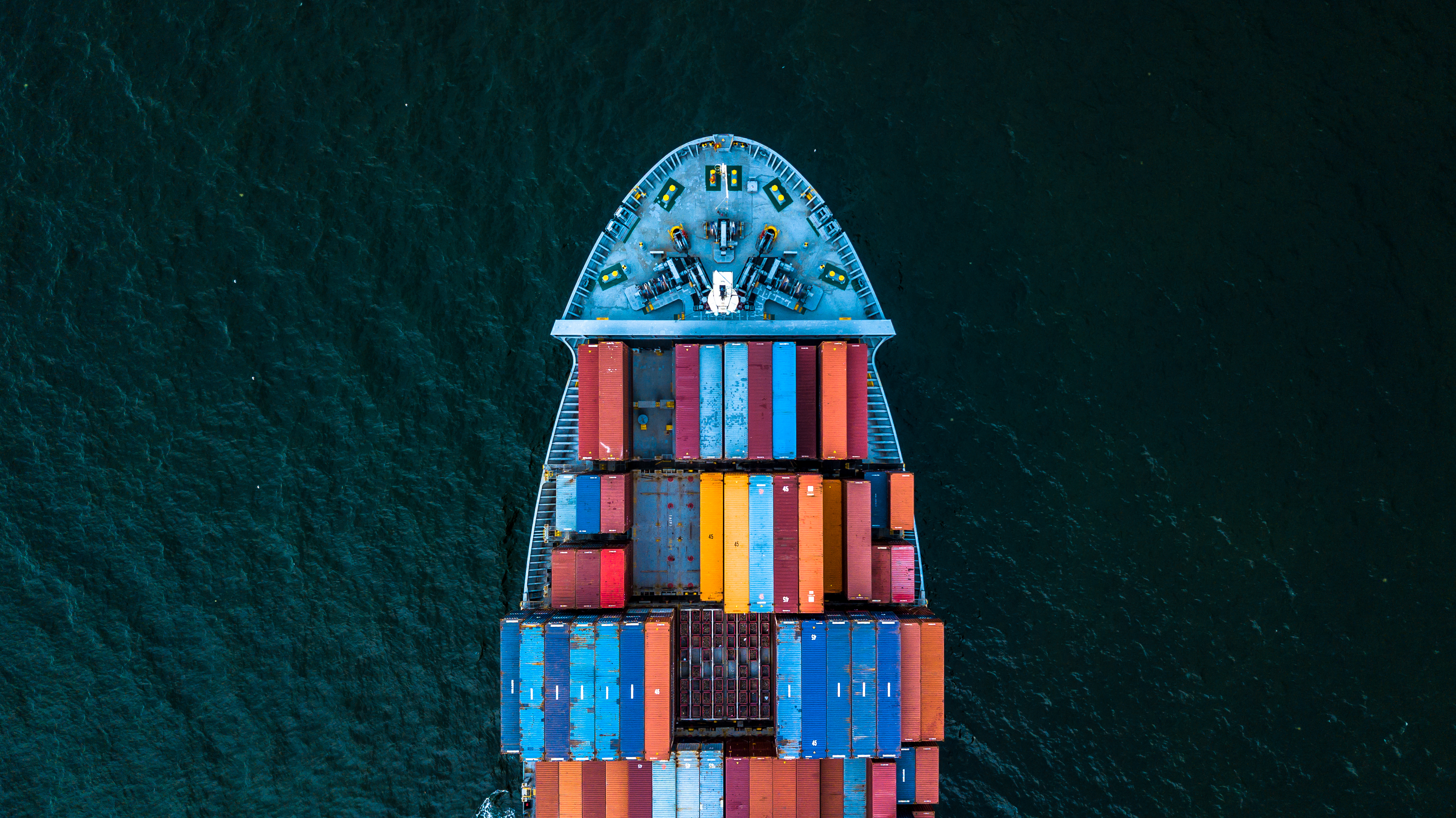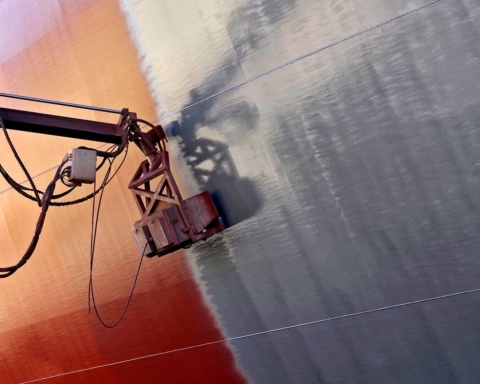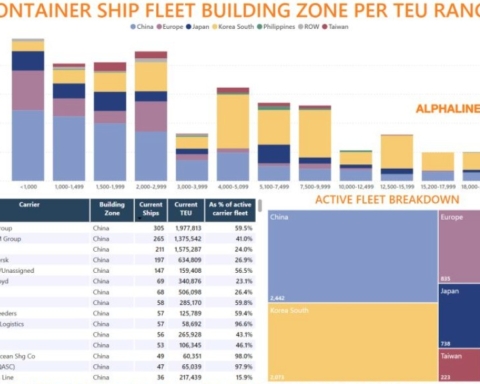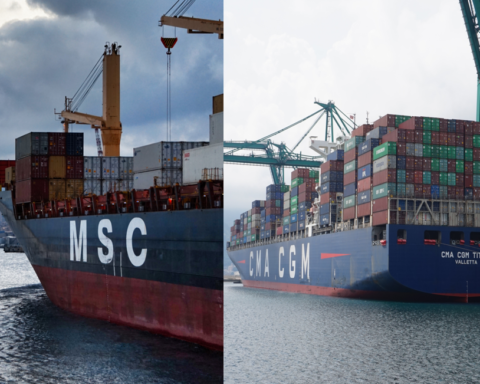The container market is healthy and promises to remain so until 2022, thanks mainly to the boom in online sales and the process of rebuilding company stocks after months of lockdown.
According to David Jordan, Director of Maritime Strategies International Asia, demand for maritime transport is continuing to grow and it is clear that volumes handled will remain high in the second quarter. He expects an overall growth of 7% in 2021 compared to 2020, with a positive trend that will continue for much of 2022.
Freight rates, on the other hand, are expected to gradually fall starting from the end of the year, when the progressive adjustment of the imbalances generated by the congestion problems from which many ports suffered in the late 2020s and greater availability of containers should favour a slow normalisation of the situation.
However, at least for the time being, this scenario seems to have been negatively impacted by the Suez effect. The stranding of the Ever Given along the world’s main canal has created disruptions in the logistics chain and new imbalances between supply and demand. Maritime freight rates rose in almost all trades last week. Freightos reported increases of 7 percent on routes to the Mediterranean (to $7,899 per FEU) and 6 percent on sailings to Northern Europe (to $7,762 per FEU).
In the immediate future, container availability will also continue to be a problem for many shippers. The economic analysis by Container xChange, a specialised sector website, points to an extremely difficult time in the market. Through its CAx index (Container Availability Index), Container xChange measures the state of health of the supply and demand for containerized traffic in the world’s leading ports.
Cax reports that average prices for a used twenty-foot container have risen 94% in China since November. They now sell for an average of $2,500, compared with $1,299 five months ago. The price of new containers has also skyrocketed: in Shanghai they are sold at an average of $3390 (+64% on 2020).
In a note to consumers, Maersk warned how Covid and congestion problems resulting from the Suez incident are putting pressure on the company. They said that they were accelerating the injection of new containers into their fleet. By the end of the second quarter, they will have added 260,000 TEUs. The lack of availability of equipment is leading big carriers to take a cautious approach and only accept orders for the immediate future, based on availability.
In Mr Jordan’s opinion the new market trend has yet to be deciphered. He believes the situation will remain challenging throughout the third quarter. Ports and infrastructure will still be heavily congested and there will be delays in deliveries.
However, according to Sea-Int CEO Alan Murphy, the new normal in the market will be significantly higher than before the start of the pandemic. North American consumers will mainly drive the recovery. In the US, the market has seen demand-side growth rates of 20-25% over 2019. “God bless the US consumers, who spend every dime they have.”
Mr. Murphy expects that the gradual removal of restrictive measures to curb Covid will lead consumers to shift their focus to services. But the inevitable downturn in goods consumption will not adversely affect the volumes handled by the big carriers specializing in containerized shipping. For one simple reason: market demand will continue to be fueled by retailers, who will be forced to replenish their stocks after the lockdown months. Clearly, E-commerce will support retail sales.
Translation by Giles Foster




